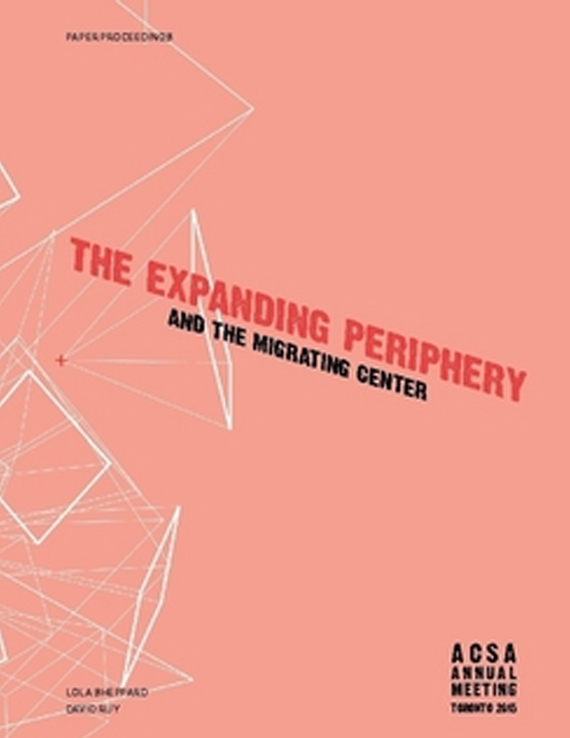Author(s): Gregory Marinic
On the surface, the North American cities of Houston and Toronto share very little in common. Their climates, geographies, cultures, and urban forms are radically different. Their political sensibilities and civic aspirations reveal remarkably divergent philosophies in regard to the public realm. Both cities represent dynamic, global, cosmopolitan places that are important at both national and international scales. Both cities act as primary gateway cities for immigrants to their respective nations. Both cities have witnessed rapid expansion and transformative development during the 1970s—development that shifted their status in regard to economic and cultural significance on a global scale.It is widely known that Houston and Toronto laid the foundation for their rise during the 1970s, an era in which each city grew dramatically in prominence. It was during this time that both Houston and Toronto received several key architectural landmarks, and more particularly—a new, destination-type, regional shopping complex modelled on the Galleria Emanuele II in Milan. These new translations—the Houston Galleria and the Toronto Eaton Centre—reflected a shift in mall culture as an alternative design approaches to retail, urbanism, and the public realm in their respective cities. Two gallerias—one at the heart of its downtown and the other at a peripheral edge—aspired to more. They were built as architectural manifestations of the complementary powers of consumerism and popular culture in North America, as well as attempts to authentically resolve issues of urban growth. The Houston Galleria and Eaton Centre urban-interior “stage-sets” supported the financial aspirations of national retailers, while addressing shifting retail expectations and climate-responsive interior civic environments. Developed as hyperspaces, the Houston Galleria and Toronto Eaton Centre blended lessons learned from late 19th century, internally-focused European urbanisms with late 20th century consumerism. Conveying a Post-modernist aesthetic, these gallerias reflect the larger system of capitalism and guilty pleasures of consumerism—pioneering the expansion of North American cities at the hyper-interior scale as well as redefining expectations for the conventional, enclosed shopping mall. As urbane and sophisticated shopping malls, each stood apart from reigning conventions to assert long-term design influences merging consumption with increasing commercialization. Furthermore, each of these twentieth century ‘gallerias’ presents a very different case for extending the city. In Houston, the Galleria would ultimately influence the design of master planned projects for tabula rasa greenfield locations in the metropolitan area and beyond. In Toronto, the Eaton Centre set into play a greater awareness for historic preservation and the urban fabric—key aspects in redefining and ultimately reshaping the project itself as well as the larger city. Both projects offer significantly different responses to the architecture of “urban-interior” retail, however, each has endured the test of time to remain resilient, desirable, and profitable within an ever-changing retail landscape. Beginning with a survey of interior urbanism and the history of arcade typologies, this essay attempts to unpack the lessons learned from both gallerias—and how these lessons have contributed to the radically contrasting architectural and urban development cultures of each city.
Volume Editors
David Ruy & Lola Sheppard
ISBN
978-0-935502-95-4

 Study Architecture
Study Architecture  ProPEL
ProPEL 
